
Big Saint is a Rare Lake with Cisco! One of only 67 in WI out of over 15,000 lakes!
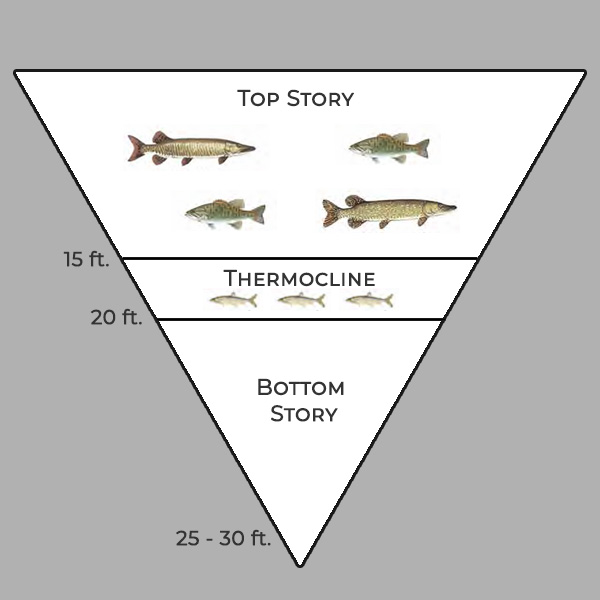
- Cisco, related to trout, salmon, & whitefish, are a favorite of game fish.
- Anglers enjoy smoked cisco chowder or cracker crusted pan fried cisco.
- Big St. has a 10 fish daily bag limit for cisco.
How Does a Coldwater Fish, the Cisco, Survive Summers in Big Saint? In the RED!

- Cisco survive in an “oxythermal layer” in the thermocline; it has oxygen & cooler temps (in Big St. ~ 16–20 feet deep).
- On sonar – the red/yellow thermocline is denser, cooler water between warm surface waters & colder bottom waters.
- Game fish, like walleye & musky, feed on cisco as an important forage fish.
- A two-story lake supports Class A1 musky waters, healthy game fish, & plenty of panfish.
Other Rare, Complex Two-Story Fishery Lakes, with Native Cisco, are doing Research.
- Most two-story lakes are much deeper, protecting the rare lake structure & coldwater cisco.
- Big Saint, avg 21 ft, is not deep. It’s important to protect Big Saint’s rare, two-story lake structure due to shallow depths.
Big Saint is a Trophy Lake & Class A1 Musky Water. One of only 122 Class A1 Trophy Musky Waters in WI.
- One of the best fishing lakes in WI, Big Saint is featured in year-round fishing tournaments & the National Championship Musky Open.
- 5 gamefish (musky, walleye, large & smallmouth bass, n. pike) & 10 other fish species (crappie, perch, blue gill, burbot, yellow bullhead, silver redhorse, pumpkinseed, rock bass, golden shiner, white sucker), with walleye receiving the most fishing effort & hours on Big Saint.
Big Saint Germain Lake is a High-Quality Water with Excellent Plant Diversity!
- Not only a rare lake, Big Saint has good to excellent biotic integrity, meaning diverse plants, animals, & other living aquatic organisms. Big Saint meets the designation of a high-quality water in a top state watershed.
- Big Saint has 41 surveyed plants, including high value species, like bulrush, wild rice, & ‘musky cabbage,’ with 14 species of pondweeds.
- Native aquatic plants, referred to as ‘weeds,’ are critically important as fish nurseries, food, shelter, & habitats for most aquatic organisms.
- Aquatic plants keep Big Saint’s water quality & clarity high, which lake users love!
- If aquatic plants are damaged, destroyed, or lakebed sediment stirred up, entire plant communities can be lost (even the seeds, tubers, & roots).
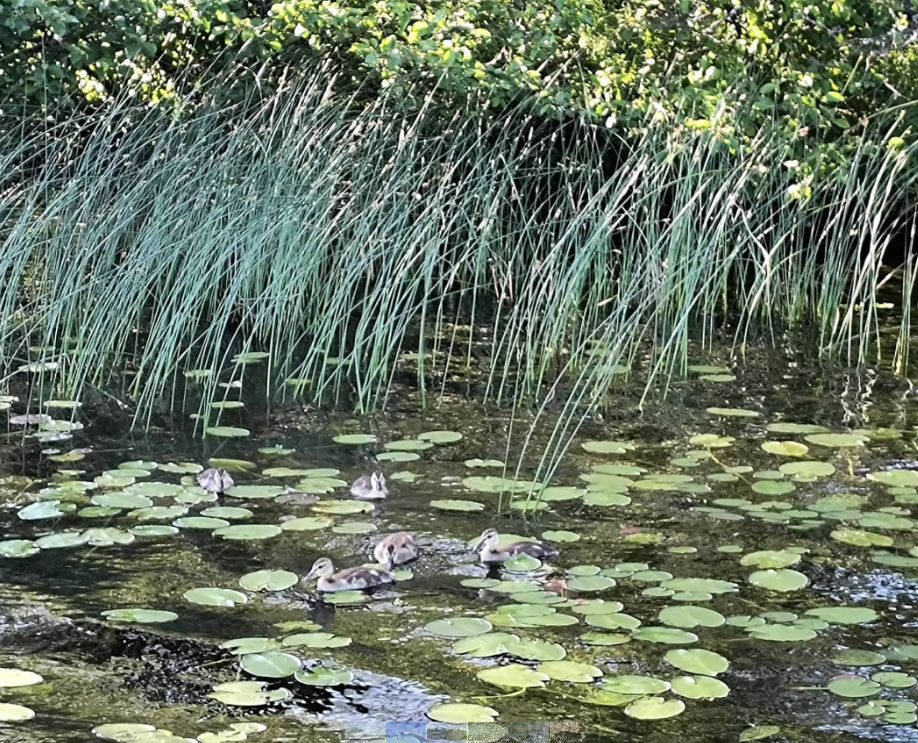
Hardstem bulrush & water lilies are excellent habitat for fish, crustaceans, amphibians, and a wide diversity of wildlife and waterfowl.
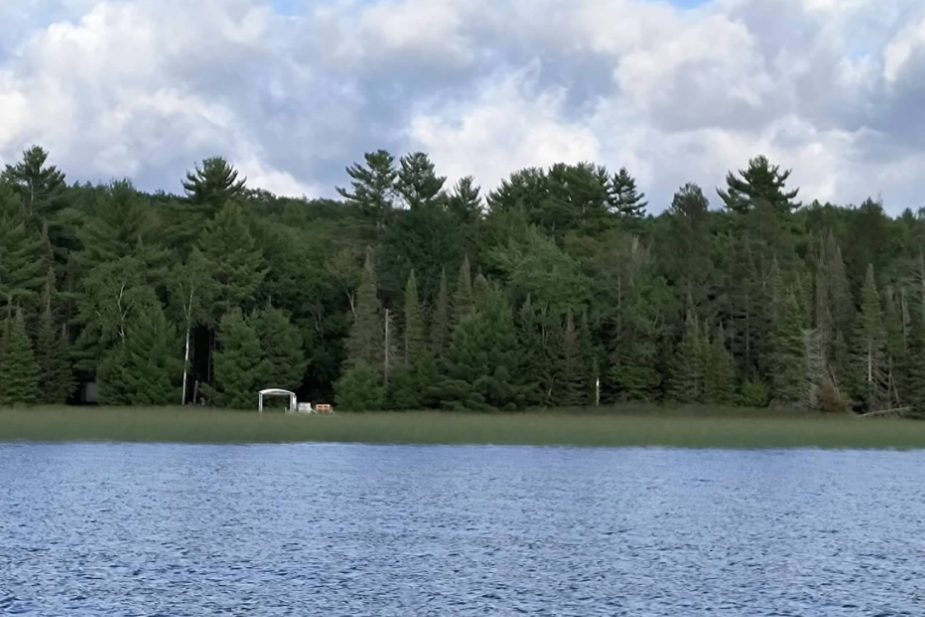
Extensive hardstem bulrush on the east side of Big Saint creates a fishing paradise and home to a diverse community of aquatic life.
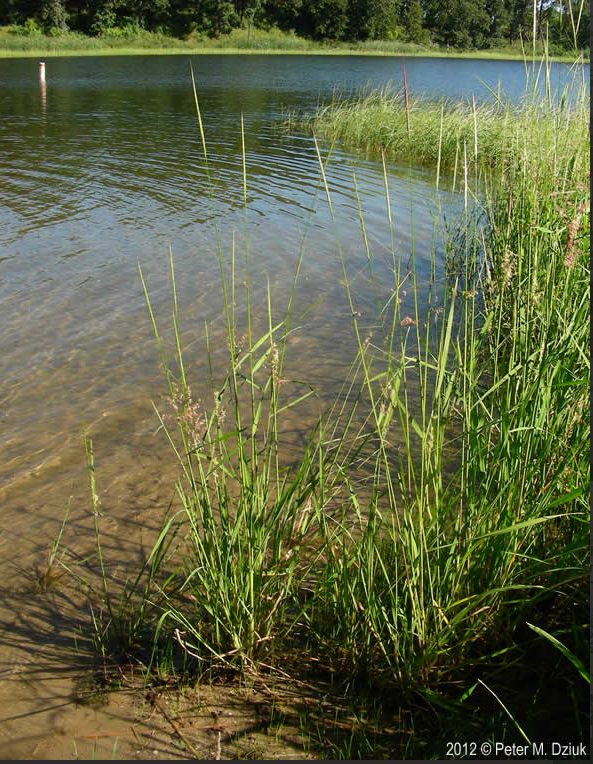
Sensitive to waves, wild rice is food, reduces erosion (keeps sediments intact), is critical wildlife habitat. (by Peter Dziuk)
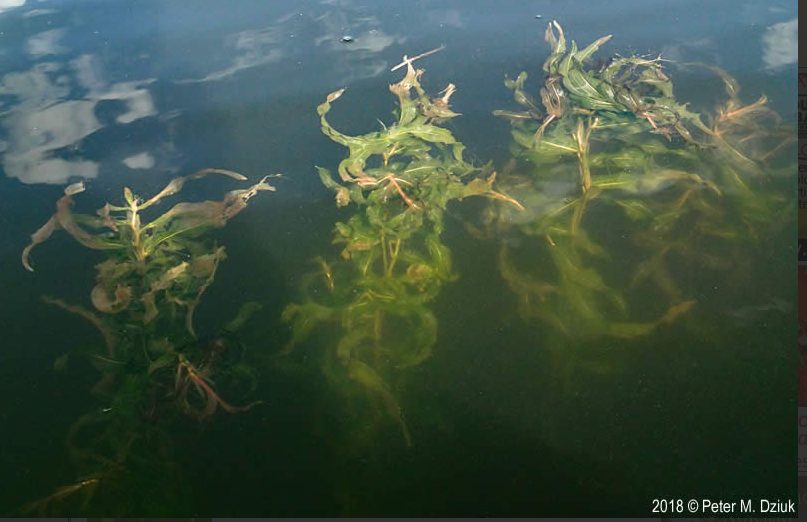
Pondweeds, ‘musky cabbage,’ are critical fish habitats. Big St. has 14 pondweeds, including Richardson’s pondweed above. (by Peter Dziuk)
Why Care about Big Saint’s Two-Story Lake Ecosystem?
- A rare lake, Big Saint is important to WI and very important to property owners & lake users, who care about and enjoy this beautiful lake.
- If coldwater cisco disappear, due to thermocline disturbance, loss of habitats, and water quality declines, serious problems will occur.
- Poor water quality and clarity (loss of high-quality waters)
- Loss of fish habitats & degraded fisheries
- Loss of lake user enjoyment due to algae blooms and toxic blue-green algae.
- Big Saint is a fragile and rare ecosystem. Let’s do our part to protect this rare lake!
- Learn more in Connecting Our Lakes Newsletters coming soon. Contact us with questions & concerns. We want to hear from you!
Permission to use photos & information: WI DNR, Onterra LLC Lake Management Planning, Courte Oreilles Lakes Assoc., Keystone Guides, Katy Chayka & Peter Dziuk (MN Wildflowers), and others.
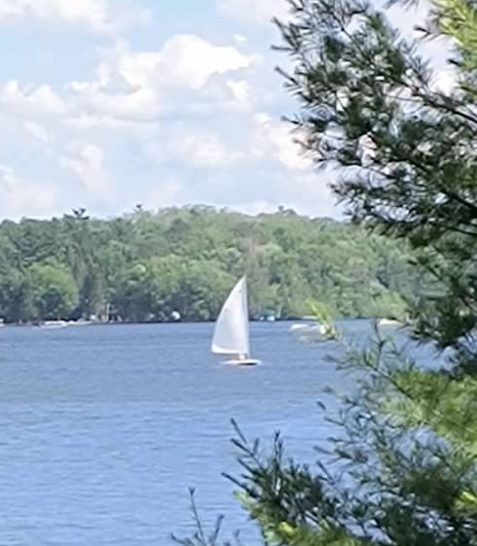
Sailing on Big Saint – summer fun!

Always popular, paddleboarding & kayaking, two silent water sports enjoyed on Big Saint.
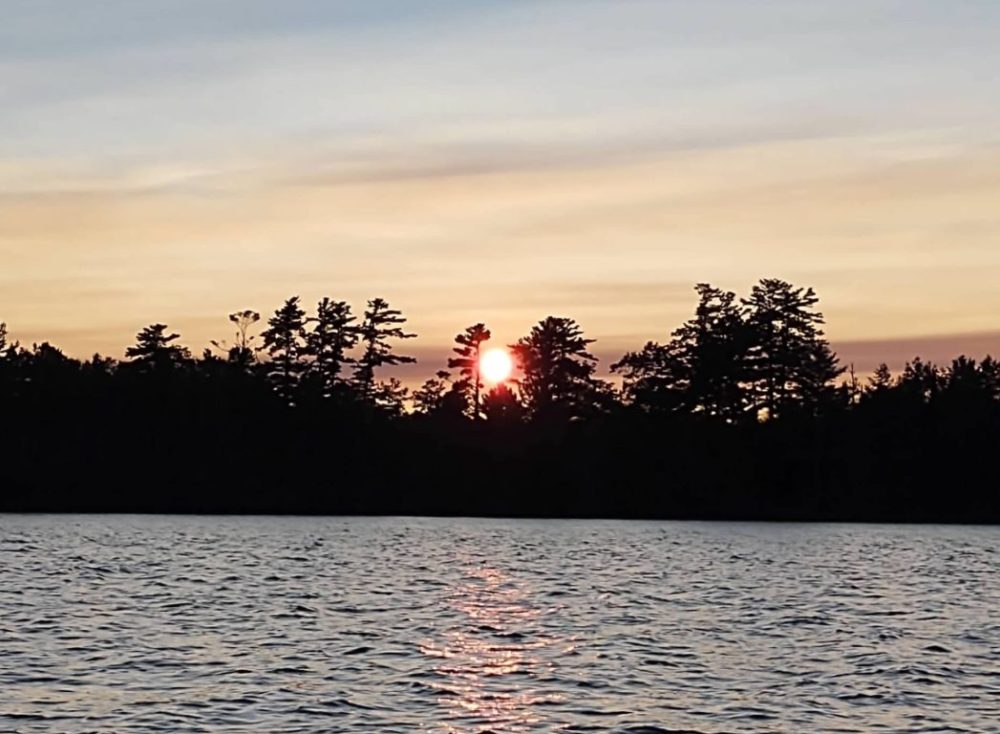
Spectacular sunsets are common.
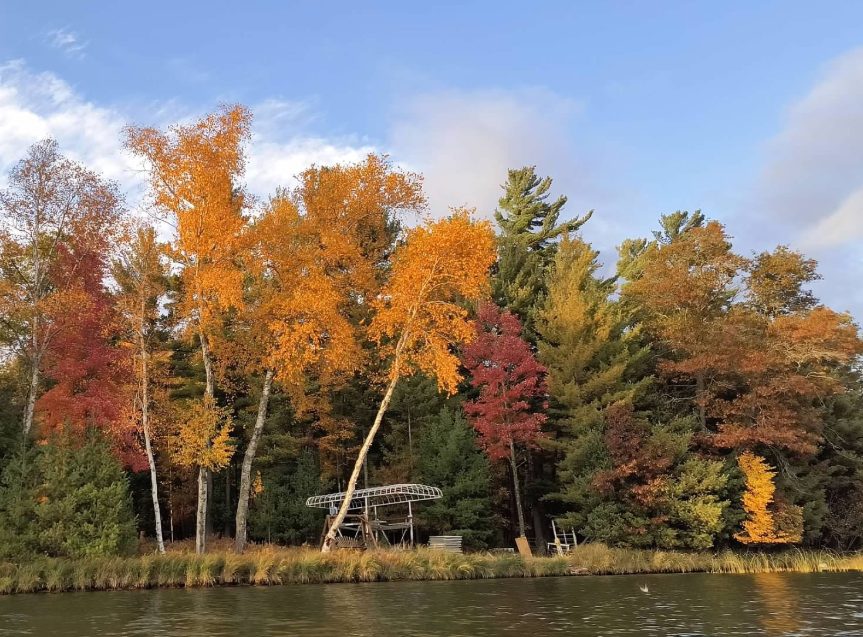
Fall is beautiful, with a diversity of hardwoods showing their colors.